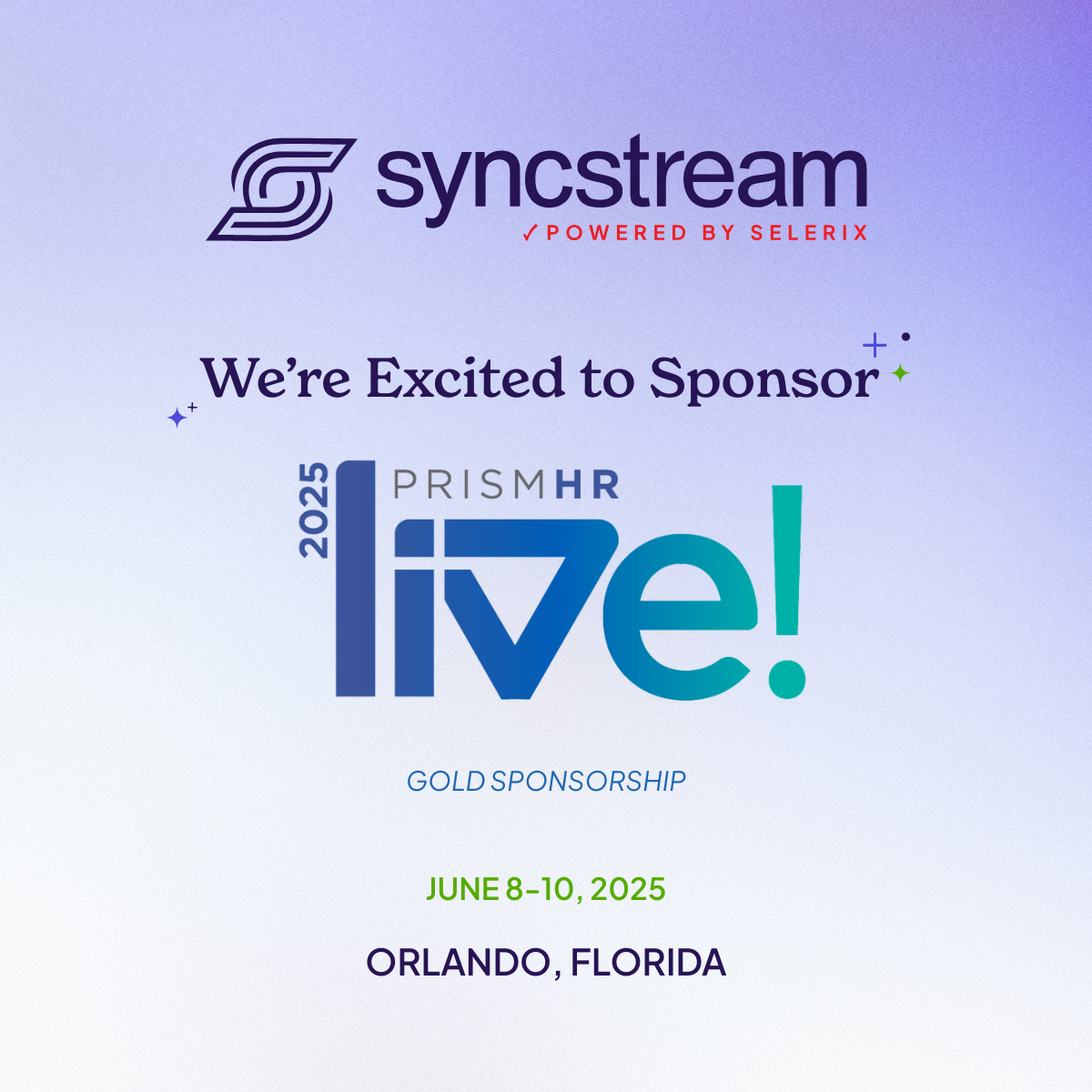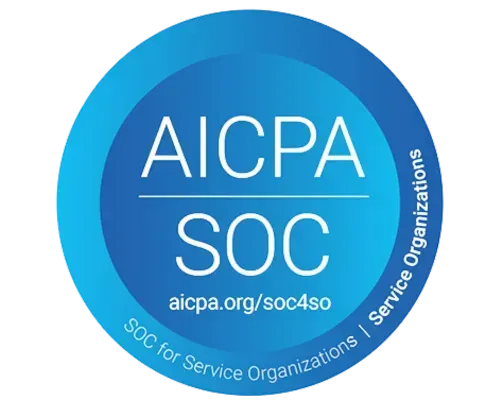4 factors that make ACA reporting a nightmare for health care organizations
Blog / By Anna Silva
Regulatory compliance costs the health care industry upwards of $200 billion annually, according to a recent report from the American Hospital Association. With most health care compliance issues related to patient safety, privacy of patient information, and billing practices, Affordable Care Act (ACA) compliance and reporting may not be top of mind.
The ACA is one unique area of compliance that can be especially complex for health care organizations, and noncompliance can lead to hefty fines. With a better understanding of how to manage ACA compliance, the health care industry can check this one compliance box without undue burden.
Here are four factors health care organizations have to pay extra close attention to in ACA reporting.
1) Variable hour staff
One of the biggest reasons ACA compliance is especially challenging for health care organizations is the prevalence of variable hour employees. Organizations schedule staff based upon need. From the operating room to the front desk, employees often work various schedules and at times work multiple jobs.
Many employees are also hired on a part-time or PRN basis. If an employee is hired as full-time, regardless of the role, they automatically meet the ACA standard of full-time. If an employee is any other type of position, you must track the employee’s hours of service to determine their ACA status.
In addition, staffing in health care organizations often varies based upon the season. The past flu season likely compounded this challenge for hospitals and clinics that received more patients than usual and, as a result, may have required their staff to work more hours. Come summer, this staffing need will likely decrease and hospital employees won’t be working as many hours.
Whether you’re a hospital, nursing home, or clinic, employees’ fluctuating hours and schedules can create significant complexity. To meet the ACA requirements and avoid penalties, health care organizations that qualify as applicable large employers (ALEs) must know which employees have met the ACA standard of full-time. This requires meticulous management of a number of employee data elements, especially hours worked, to report accurately.
2) Turnover and rehires
Within health care organizations, there can be lot of turnover in entry-level positions like certified nursing assistants (CNAs), technicians, and housekeeping. But the ACA doesn’t have special exemptions or rules for high turnover positions. Higher turnover rates mean more employee data elements to track, and this data is often varied in terms of hours worked and pay rate for each position.
If a tracked employee leaves an organization and is then rehired into the same organization within 13 weeks, the employee’s ACA status doesn’t change and they’re treated as a continuing employee for ACA tracking purposes only. Employees that are rehired after 13 weeks are treated like a new employee according to the ACA.
Keeping up with hires, terminations, and rehires requires health care organizations manage and update payroll data more frequently in order to ensure the right employees are offered health coverage.
3) Control groups
Health care organizations often consist of multiple entities with various EINs and therefore meet the definition of a control group. Control groups make ACA reporting trickier because each EIN must provide 1095-Cs and report to the IRS, and then data for all EINs must be aggregated for reporting. For example, a hospital can have an outpatient imaging center, clinic, and surgery center, all with their own EINs, or it can own multiple nursing homes with their own EINs. These entities are all tied together based upon control group rules, but are often on different payroll systems, making it harder to aggregate employee data.
Further, if employees work at multiple locations, you’ll need to track their hours at each and total them to figure out if they qualify as ACA full-time, and which business should produce the employees’ 1095-Cs, as determined by where they worked the most hours.
4) More employees that qualify for a subsidy
Health care organizations typically employ many entry-level workers, such as medical technicians, CNAs, and housekeepers, whose entry level wages could qualify them for a subsidy on the marketplace. According to the ACA, the lower an employee’s salary, the higher their potential for a subsidy for health care coverage. One employee going to the marketplace and receiving a subsidy is the trigger for a potential penalty.
So if you’re a health care organization with many entry-level, low-wage employees, the risk for a penalty increases since there’s a higher likelihood of an employee going to the marketplace and getting a subsidy. The best way to stay on top of this challenge is to maintain compliance by ensuring you offer health care coverage to all eligible employees and keep all documentation to prove these offers, should you have to report back to the IRS.
Tools to simplify ACA reporting and compliance
Adhering to complex regulations like the ACA requires mining payroll, benefits, and other disparate systems for employee information, confirming the accuracy of that data, and then generating and filing forms to the appropriate agencies by the established deadlines. All of the data should be organized to help health care organizations respond to and refute any potential IRS penalty letters.
Luckily, there are intelligent solutions that can help health care organizations simplify ACA reporting. By utilizing tools that track hours across locations and systematically consolidate and organize existing data to fulfill reporting requirements, hospitals and other health care organizations can not only save time, but streamline costs and reduce the risk of costly penalties for noncompliance.





